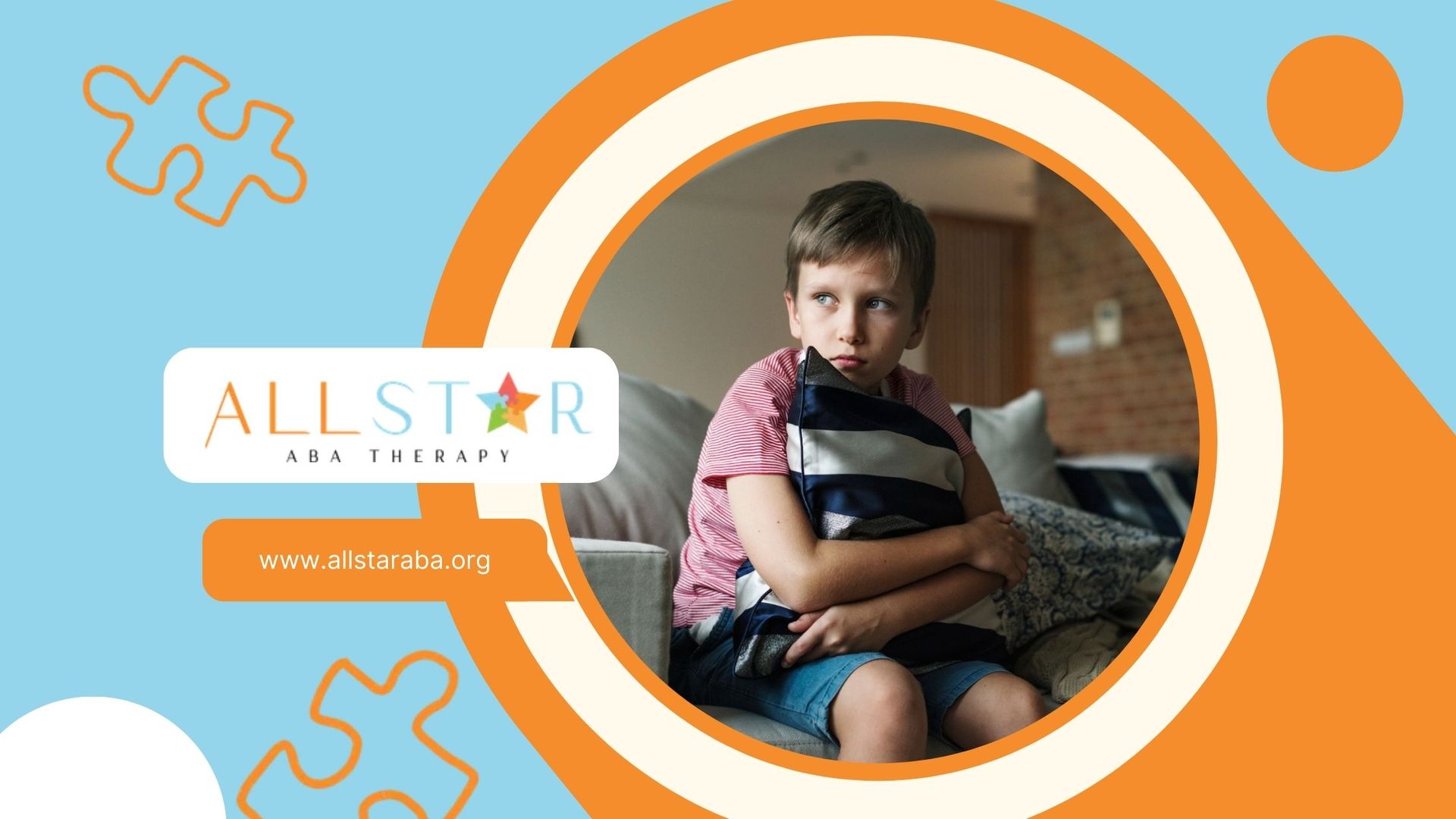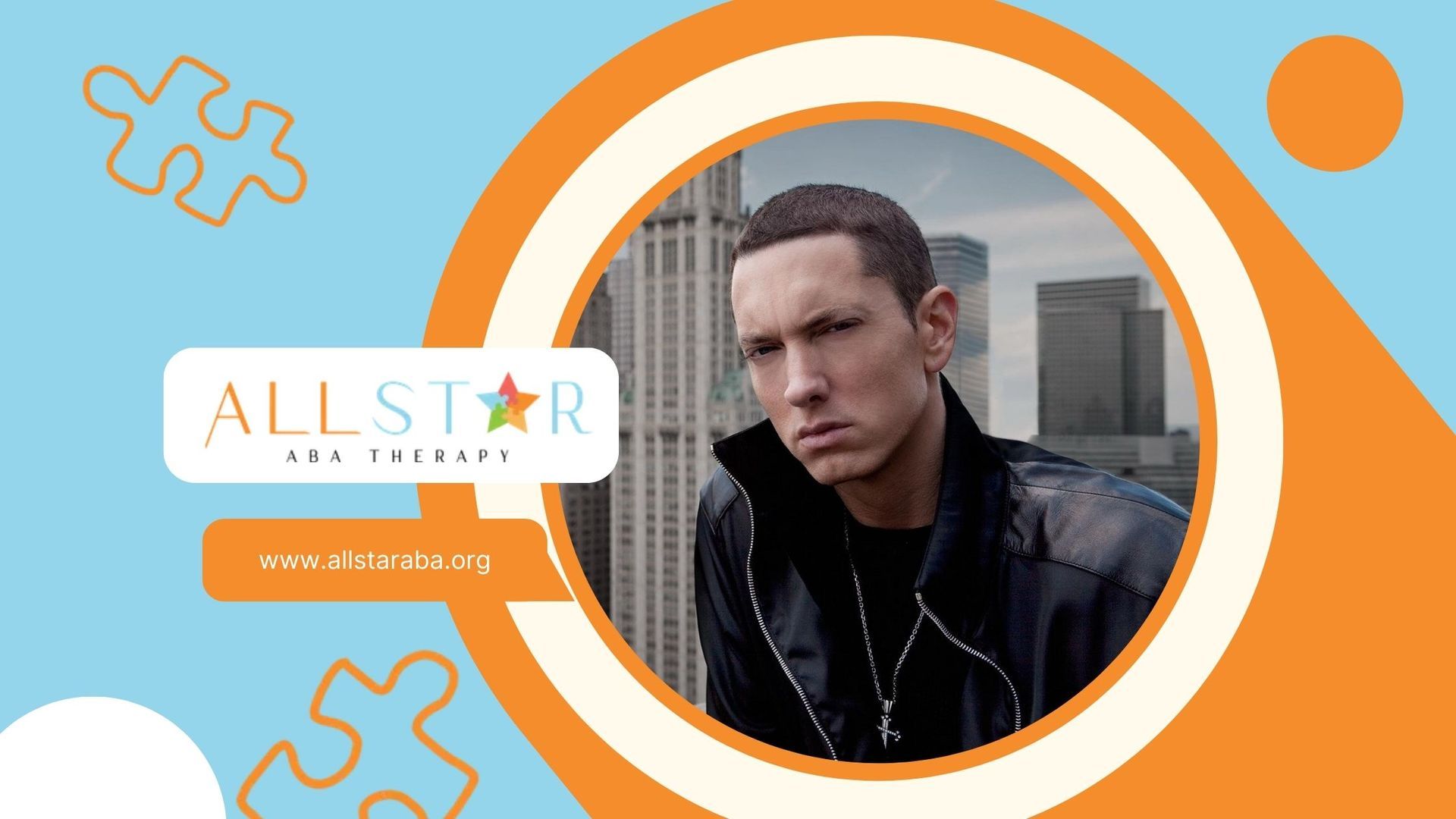New Paragraph
ABA vs. VB Therapy: Which One Works Best for Autism?
If you're exploring therapy options for autism, you’ve probably come across ABA (Applied Behavior Analysis) and VB (Verbal Behavior) therapy. While they’re often mentioned together, they have distinct approaches, and understanding these differences is key to finding the right fit.
ABA therapy focuses on modifying behaviors through structured reinforcement strategies, while VB therapy is a specialized approach that zeroes in on language and communication.
Both can be incredibly effective, but which one is right for your child? Let’s dive in and break it down in simple terms.
Understanding ABA and VB Therapies
Both ABA and VB therapy are widely used for individuals on the autism spectrum, and they share a common foundation in behavior analysis. ABA focuses on shaping behaviors by reinforcing positive actions, while VB therapy takes a more language-centered approach, helping individuals develop better communication skills.
While ABA can help with a range of behaviors—from improving social interactions to reducing challenging behaviors—VB therapy is more about understanding the why behind words and using language more functionally.
Let’s take a closer look at how each approach developed and what makes them unique.
The Origins of ABA and VB Therapies
ABA therapy has been around since the 1960s, based on the principles of behavior analysis. It was designed to help individuals learn new skills and reduce behaviors that interfere with daily life. Over the years, ABA has evolved into a highly structured, evidence-based intervention that can be tailored to fit each person’s needs.
VB therapy, on the other hand, is rooted in B.F. Skinner’s analysis of verbal behavior. Skinner identified different types of language functions, known as verbal operants, and emphasized that language is a behavior that can be taught. This approach helps individuals on the autism spectrum develop meaningful communication skills.
Both therapies share a strong scientific foundation, but they each have a unique focus, which brings us to their core philosophies.
Core Philosophies Behind ABA and VB Therapy
ABA therapy is all about understanding why a behavior happens and using reinforcement to encourage positive behaviors while reducing unwanted ones. It’s a structured, data-driven approach that focuses on helping individuals develop life skills, from social interactions to self-care routines.
VB therapy, in contrast, revolves around language. Instead of just teaching a child to say a word, VB therapy teaches why they say it. For example, a child learning the word “cookie” in ABA might say it when shown a picture of a cookie.
But in VB therapy, they would learn to say “cookie” when they actually want one. This focus on functional communication helps individuals express their needs more effectively.
Breaking Down ABA Therapy
ABA therapy is widely recognized as one of the most effective interventions for autism. It’s structured, highly individualized, and works on everything from improving communication to enhancing social skills.
Key Principles of ABA Therapy
- Positive reinforcement: Rewarding desired behaviors encourages them to happen more often.
- Breaking down tasks: Complex skills are broken into small, manageable steps.
- Data-driven approach: Progress is tracked through continuous observation and adjustments.
- Consistency is key: Strategies are applied in a structured, consistent way to ensure success.
Common ABA Techniques
ABA therapists use a variety of strategies tailored to each individual. Some of the most common include:
- Discrete Trial Training (DTT): A structured method that teaches skills step by step.
- Pivotal Response Training (PRT): Focuses on motivation and natural interactions to encourage learning.
- Errorless Learning: Helps individuals build confidence by minimizing mistakes during learning.
By using these techniques, ABA helps individuals develop the skills they need for daily life. But what about language and communication? That’s where VB therapy shines.
Exploring Verbal Behavior (VB) Therapy
VB therapy takes a deep dive into language development. It focuses on teaching individuals why and how to use words in a functional way.
Fundamentals of VB Therapy
VB therapy is all about verbal operants, which are different types of language functions. These include:
- Manding (Requesting): Asking for what you want (e.g., saying “juice” when thirsty).
- Tacting (Labeling): Identifying things in the environment (e.g., pointing to a cat and saying “cat”).
- Echoics (Repeating): Imitating words or phrases.
- Intraverbals (Conversational skills): Responding in a meaningful way (e.g., answering “What’s your favorite color?” with “Blue”).
By focusing on these functions, VB therapy helps individuals move beyond memorization and develop meaningful communication skills.
How VB Therapy is Implemented
VB therapy sessions are structured yet flexible. Therapists use strategies like:
- Motivational teaching: Encouraging language use based on what the individual finds rewarding.
- Error correction: Providing gentle guidance when mistakes are made.
- Prompting and fading: Helping individuals learn new words and phrases and gradually reducing assistance.
This approach makes language learning more natural and effective.
ABA vs. VB Therapy: How Do They Compare?
While both therapies are rooted in behavior analysis, they differ in their focus.
What They Have in Common:
- Both use positive reinforcement.
- Both are highly structured and data-driven.
- Both can be tailored to individual needs.
Key Differences:
| Feature | ABA Therapy | VB Therapy |
|---|---|---|
| Focus | Behavior modification | Language and communication |
| Techniques | Discrete Trial Training, PRT, etc. | Teaching verbal operants |
| Goal | Improve overall life skills | Develop meaningful communication |
If a child struggles with a variety of behaviors and needs help with social skills, ABA may be the best fit. If the main concern is communication, VB therapy might be the way to go.
Which Therapy is Right for You?
Choosing between ABA and VB therapy can feel overwhelming, but the good news is that many programs incorporate both approaches. The key is to focus on what works best for the individual’s unique needs.
At All Star ABA, we specialize in personalized ABA and VB therapy programs designed to help individuals thrive. Our team of experts is here to guide you every step of the way. If you're ready to explore therapy options, reach out to us today—let’s find the right approach together!
FAQs
What is the main difference between ABA and VB therapy?
ABA therapy focuses on overall behavior modification, while VB therapy specifically targets language and communication skills using verbal operants.
Can ABA and VB therapy be used together?
Yes! Many therapy programs combine ABA and VB techniques to provide a well-rounded approach that addresses both behavior and communication.
Which therapy is better for a child with autism: ABA or VB therapy?
It depends on the child’s needs—ABA is great for overall behavior and skill development, while VB therapy is ideal for improving communication.
Sources:
- https://pmc.ncbi.nlm.nih.gov/articles/PMC2774593/
- https://pmc.ncbi.nlm.nih.gov/articles/PMC11046360/
- https://www.autismspeaks.org/verbal-behavior-therapy
- https://online.regiscollege.edu/blog/defining-verbal-behavior-a-key-concept-in-applied-behavior-analysis/
- https://www.webmd.com/mental-health/what-is-applied-behavior-analysis
Need Support?
We're Here to Help!
Our experienced team is ready to assist you. Reach out today to discuss how we can support your child's development and well-being.
Get started with expert ABA therapy today.
Related posts

All Star ABA delivers the gold standard of care, Applied Behavioral Analysis (ABA) therapy, for individuals diagnosed with ASD, from infancy to age 21.
Quick Links
All Rights Reserved | All Star ABA







